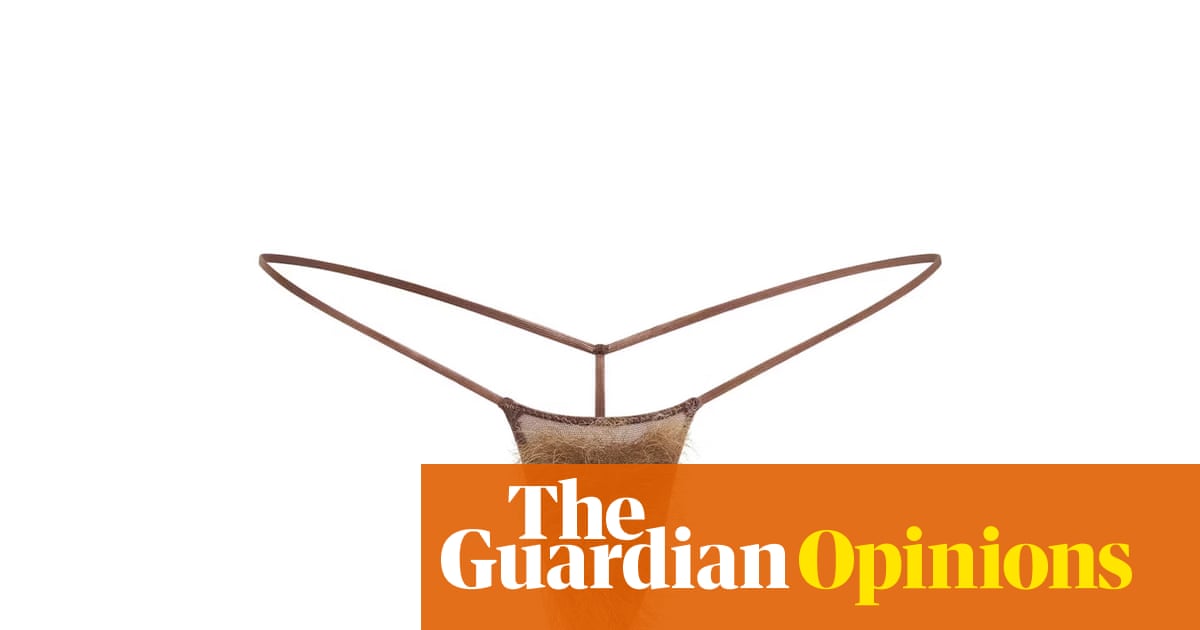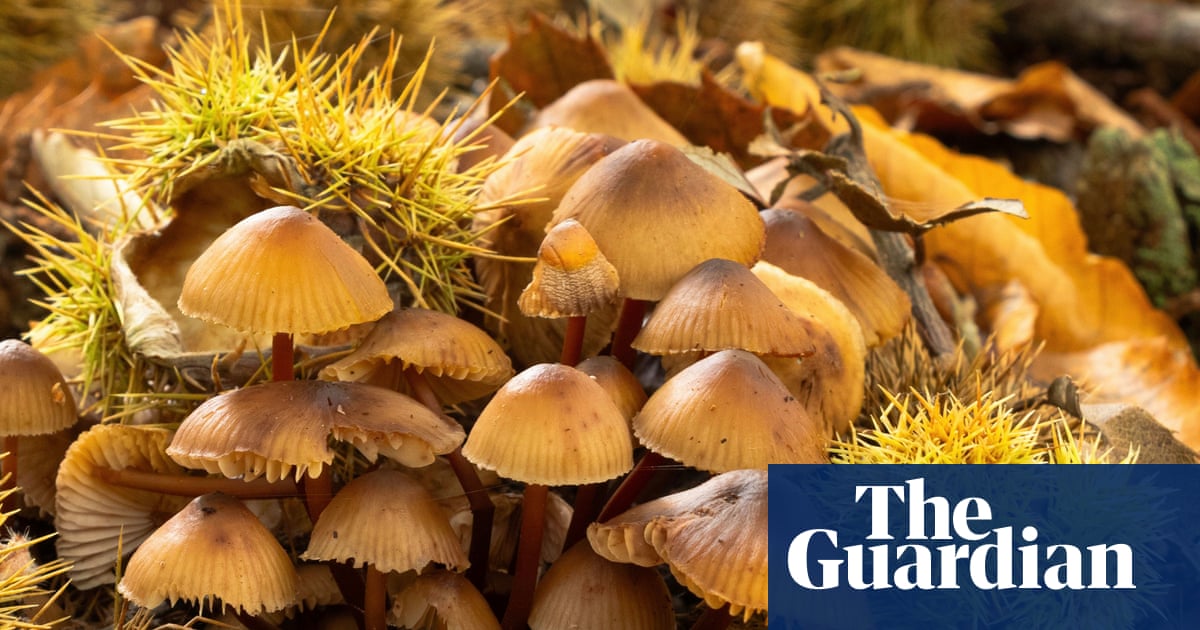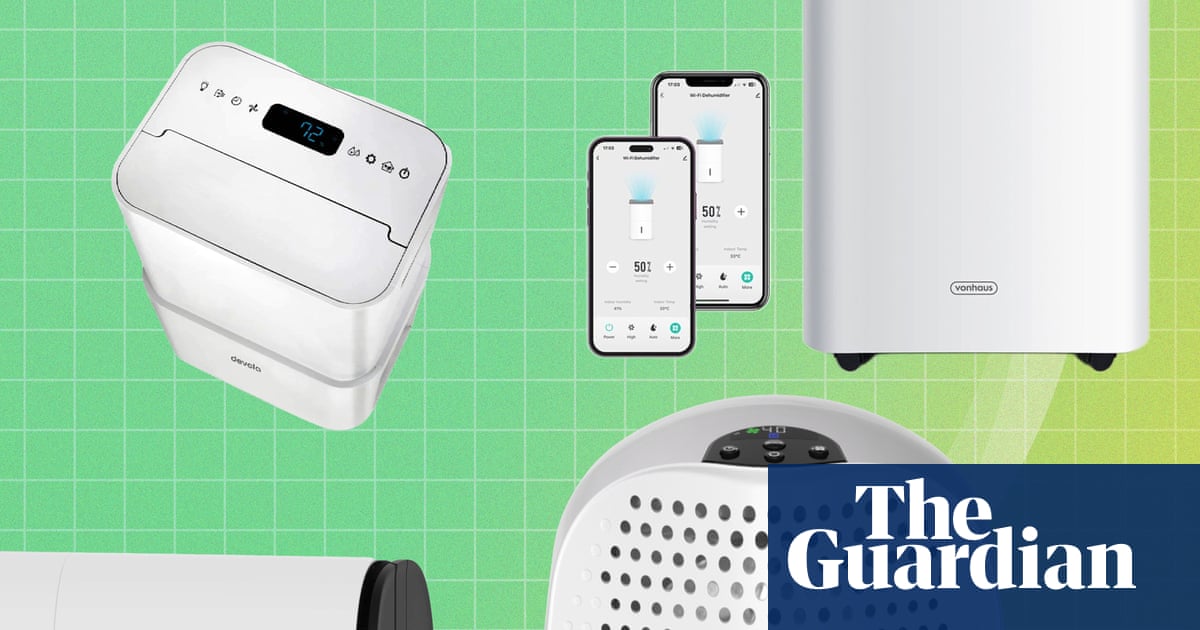It promises icy, refreshing drinks, and for a cool $179, this slushie maker is yours – if you can find one.
Australian TikTok users have become fixated on a Kmart slushie machine, apparently a budget version of the equally viral Ninja slushie machine (RRP A$499), with users posting videos and reviews of their frosty, fruity extrusions. One Australian video has racked up 2.7m views, and the appliance has sold out online. But with Kmart supply chains under scrutiny and the knowledge that culinary trends and the very specific appliances needed to make them are passing fads, not everyone wants to – or has to – buy a machine to make slushies this summer.
Here are some tips for how you can create the icy treats at home with appliances you likely already have.
The ingredients
Pick your flavours. (Almost) anything can be a slushie
If it can be juiced or blended, it can be a slushie. Berries? Slushie. Watermelon? Slushie. Cucumber? Slushie. In fact, if it exists in liquid form, it can be slushied: coffee, cola, matcha, gazpacho. One Singapore restaurant chain serves celery slushies, while Quebec convenience store Couche-Tard has a long history of slushie marketing ploys, releasing “wonton” and “pizza” flavours that were actually just iced-tea and strawberry flavoured.
Cara Devine, the Melbourne-based bartender and author, says stone fruit and herbs such as sage or basil are “really good friends”, while Sydney bartender Michael Chiem says a piña colada, with its pineapple and coconut elements, is “the ultimate classic slushie … Nothing like a piña colada transports you to a holiday.” He uses cold-pressed pineapple juice to retain the fruit’s freshness and flavour.
A good slushie needs a sour element too. Lime juice is a common acidic ingredient, though lemon, orange, grapefruit and green apple also work well.
And then there’s sloshed slushies. In 1971 a Dallas restaurateur modified a soft-serve machine to produce frozen margaritas at scale, and since then many alcoholic beverages have had their turn as the slushie du jour: Frose, Friesling, Pinot Freezio. At his bars PS40 and Silver’s Motel, Chiem serves salted piña colada and Midori Splice slushies; one time, Devine mixed a whisky and cola version.
But a note on spiked slushies. “Alcohol can be a friend and an enemy,” says Chiem. Add too much alcohol and the mixture won’t freeze, leaving you sipping slurry rather than slushie.
You need a lot of sugar: be brave
“Cold numbs your flavour receptors, so you tend to lean a bit sweeter in your [slushie] recipe,” says Devine.
Generally, cocktails tend to be made on the sour side, says Chiem. Margarita and daiquiris, for example, tend to have more lime juice than sugar syrup, but for slushies: “You’ve got to be brave enough to go the opposite way. You need to add more sugar than you think you need, otherwise it won’t carry the flavour.”
Rather than free-pouring CSR’s finest, it’s best to make a simple sugar syrup first, so it integrates properly into the drink. In a saucepan, simmer equal parts caster sugar and water and stir until the crystals dissolve, then cool. Many recipes use a 1:1 ratio of sugar and water, but Australian Bartender says a 2:1 sugar to water ratio will dilute your drink less.
The method
You (might) need ice
If you want a slushie tomorrow, freeze your ice cubes today. The fastest way to make a slushie is essentially to make an iced smoothie – pop all your liquid ingredients (juices, syrup and alcohol, if using) plus ice in a blender, then whiz. While ice is important for a smooth, homogenous texture and frosty temperature, it can also dilute the drink. Both Devine and Chiem suggest instead using frozen cubes of juice to amplify the flavour; Nagi Maehashi AKA RecipeTin Eats uses frozen strawberries (readily available in supermarkets) in addition to fresh berries in her frozen strawberry daiquiri.
after newsletter promotion
You need a blender
Slushie machines cool and churn the slush mixture, but a powerful domestic blender can do a decent job. “Not a stick blender, but a NutriBullet or any blender that is OK to blend ice,” says Chiem.
And it sounds obvious when it comes to making a slushie, but “temperature is key”, says Devine. Make sure your ingredients are as cold as possible, don’t keep the blender running too long or the machine will warm the ingredients, and prechill your glasses.
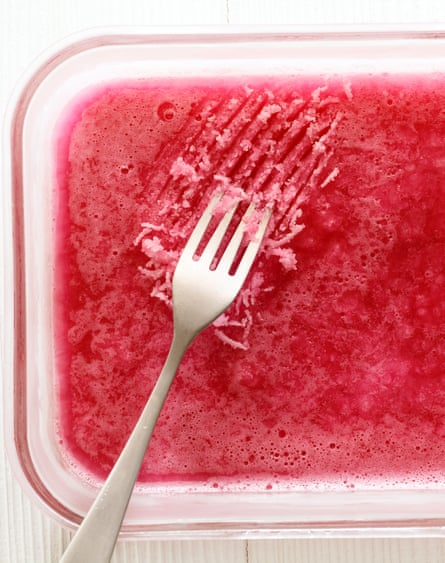
No ice? No blender? There’s a way
Some recipes instruct cooks to partially freeze the combined liquid in a shallow tray or bowl, then use a fork to scrape the mixture into ice crystals – similar to some techniques for making granita.
Because alcohol doesn’t freeze, it can also be used to bring a slushie texture to frozen fruits. Crushed frozen watermelon cubes quickly take on slushie consistency when shaken with a squeeze of lime juice, a shot of syrup and a shot of vodka.
A note: these methods are slower, more physically demanding, and let’s be honest, less impressive than the whiz and wizardry of a blender, but show a slushie machine needn’t be bought off the shelf. The ultimate slushie machine is you.
Cara Devine’s frozen strawberry daiquiri – recipe
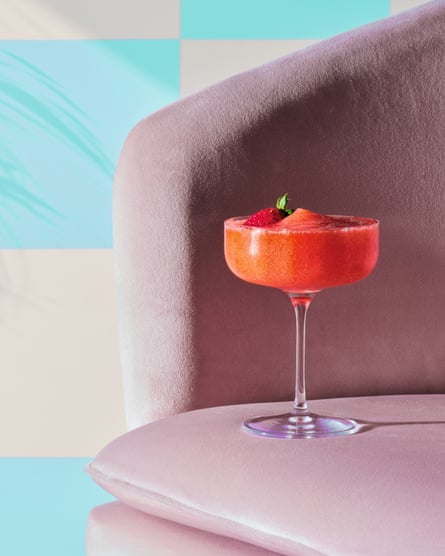
The frozen strawberry daiquiri has a rather venerable history as far as modern frozen cocktails go. Crushed ice was being added to daiquiris at El Floridita in Cuba as far back as the 1930s, and when the blender was popularised by Fred Waring in 1938, he took it to famed home economist Mabel Stegner, who included a strawberry daiquiri in her 1952 book Electric Blender Recipes.
Ingredients
60ml light rum, chilled
30ml sugar syrup, chilled
30ml fresh lime juice, chilled
4-5 frozen strawberries
1 cup ice
To garnish: strawberry fan (using a sharp knife, make slits in a strawberry from just below the stem to the other side, so the strawberry is held together at the stem end, then fan out the slices.)
Working as quickly as possible, add all the liquor ingredients to the blender. Add ice and blend, starting slowly then going to full speed. Don’t whiz for too long as you don’t want the drink starting to heat up from the friction. Pour into a glass and garnish with a strawberry fan.
-
This recipe is an edited extract from Strong, Sweet and Bitter by Cara Devine (Hardie Grant, RRP A$36.99). Devine’s second book, Behind the Home Bar, is available now (Hardie Grant, RRP A$36.99).

 2 hours ago
7
2 hours ago
7


